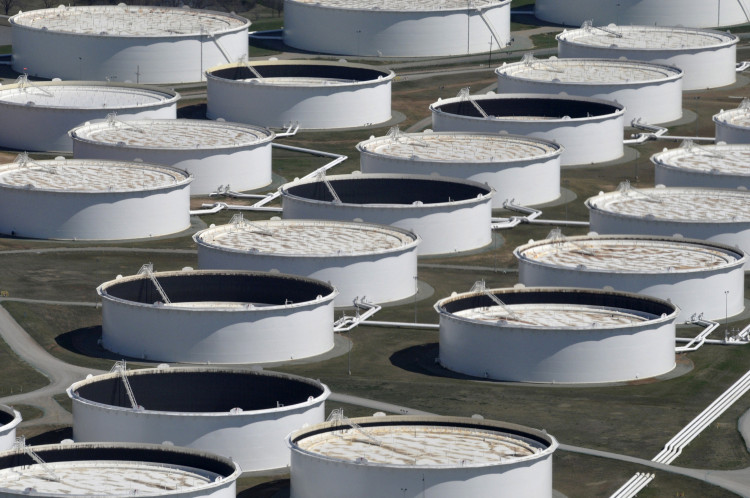Oil prices rose sharply on the first trading day of 2025 as markets reacted to promising signals from China's economic policies and robust demand in the United States. Brent crude futures climbed $1.04, or 1.39%, to $75.68 a barrel by midday trading on Thursday, while U.S. West Texas Intermediate (WTI) crude increased by $1.02, or 1.42%, to $72.74 per barrel.
The surge followed a New Year address by Chinese President Xi Jinping, who pledged to implement proactive measures to bolster economic growth in 2025. "The economy has rebounded and is on an upward trajectory," Xi stated, projecting GDP growth to surpass 130 trillion yuan ($18.08 trillion) and grain output to exceed 700 million tons. Investors viewed the statement as a signal of forthcoming stimulus efforts to stabilize China's economy, the world's largest crude importer.
China's manufacturing activity grew modestly in December, according to surveys by Caixin/S&P Global and government data. While the expansion fell short of expectations, analysts noted that weaker data could prompt Beijing to accelerate its economic stimulus programs, further boosting oil demand.
In the United States, oil consumption remains robust. October saw demand reach 21.01 million barrels per day (bpd), the highest since the pandemic, according to the U.S. Energy Information Administration (EIA). Crude output also hit a record 13.46 million bpd in October, reflecting increased activity in the world's largest oil-consuming nation.
The American Petroleum Institute (API) reported a 1.4-million-barrel decline in U.S. commercial crude inventories last week, signaling strong demand. Official inventory data from the EIA is expected later on Thursday, with traders eagerly awaiting further confirmation of tightening supplies.
The weakening U.S. dollar has also contributed to rising oil prices by making the commodity cheaper for holders of other currencies. The dollar index fell 0.15% to 108.135, enhancing oil's appeal on the global market.
Global geopolitics are adding complexity to the energy landscape. Russia ceased gas pipeline exports through Ukraine on January 1 following the expiration of a transit agreement. While Europe had prepared alternative energy sources, the stoppage underscores the region's vulnerability to energy supply disruptions. Hungary, however, continues to receive Russian gas through the TurkStream pipeline under the Black Sea.
In addition, market participants are closely watching the incoming U.S. administration under President-elect Donald Trump, whose policies are expected to encourage increased fossil fuel investments. Trump's economic approach, combined with Federal Reserve uncertainty, is influencing market sentiment amid fears of global recession and inflationary pressures.
"Tomorrow's US ISM manufacturing release will be key to crude oil's next move," said Tony Sycamore, market analyst at IG. WTI's weekly chart is winding itself into a tighter range, suggesting that a big move is coming.
Despite the current rally, analysts predict oil prices will remain constrained near $70 per barrel in 2025. A Reuters poll suggests weak Chinese demand and rising global supplies could offset OPEC+ efforts to stabilize the market.






